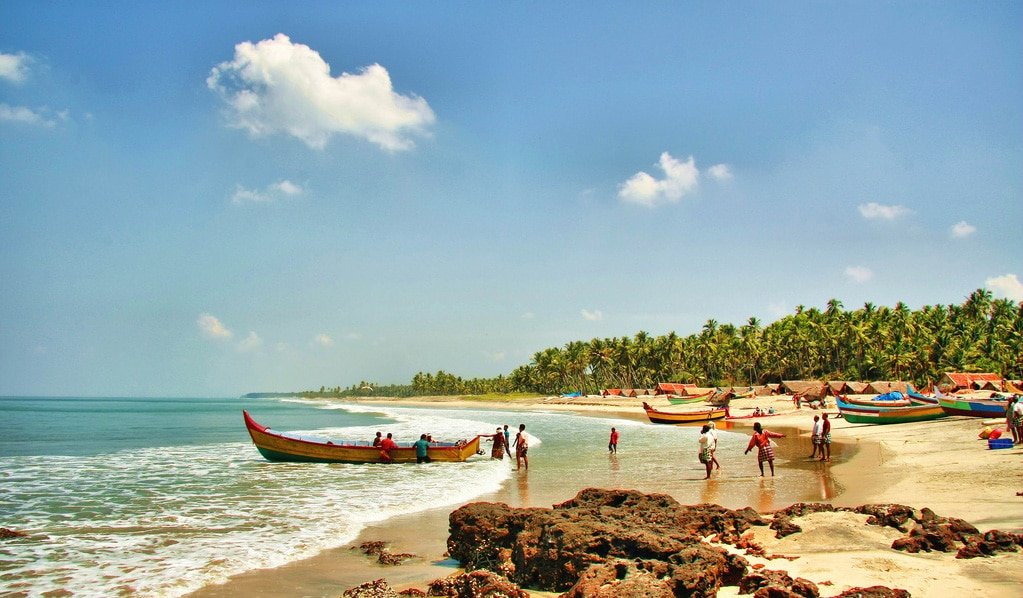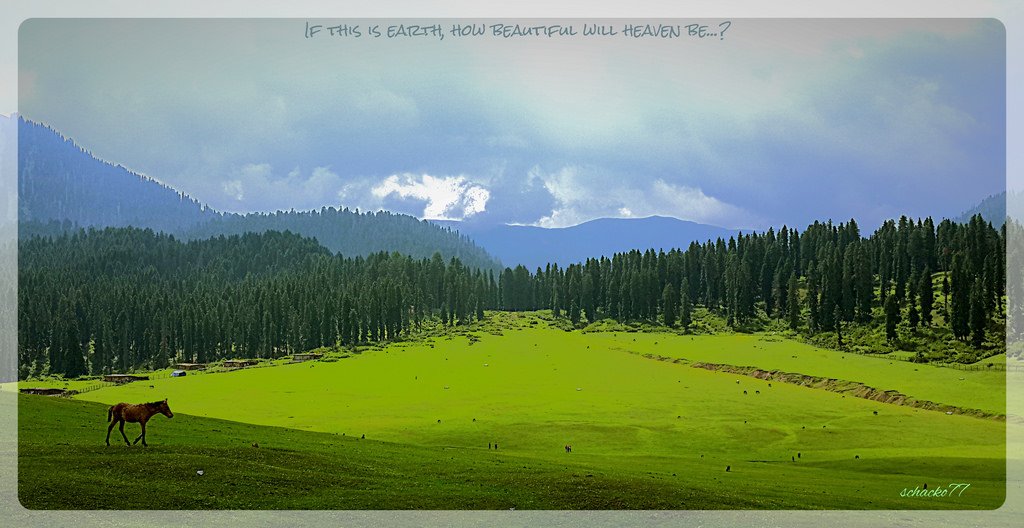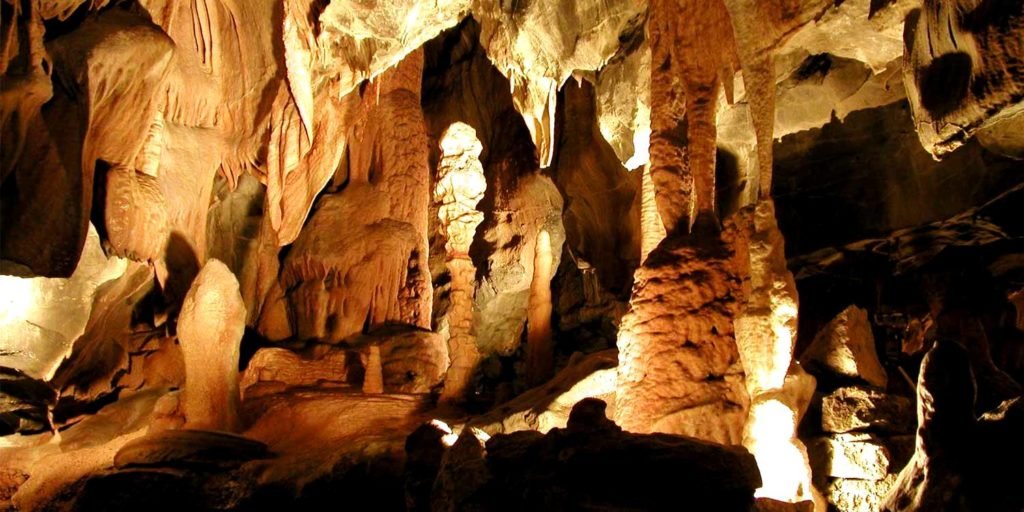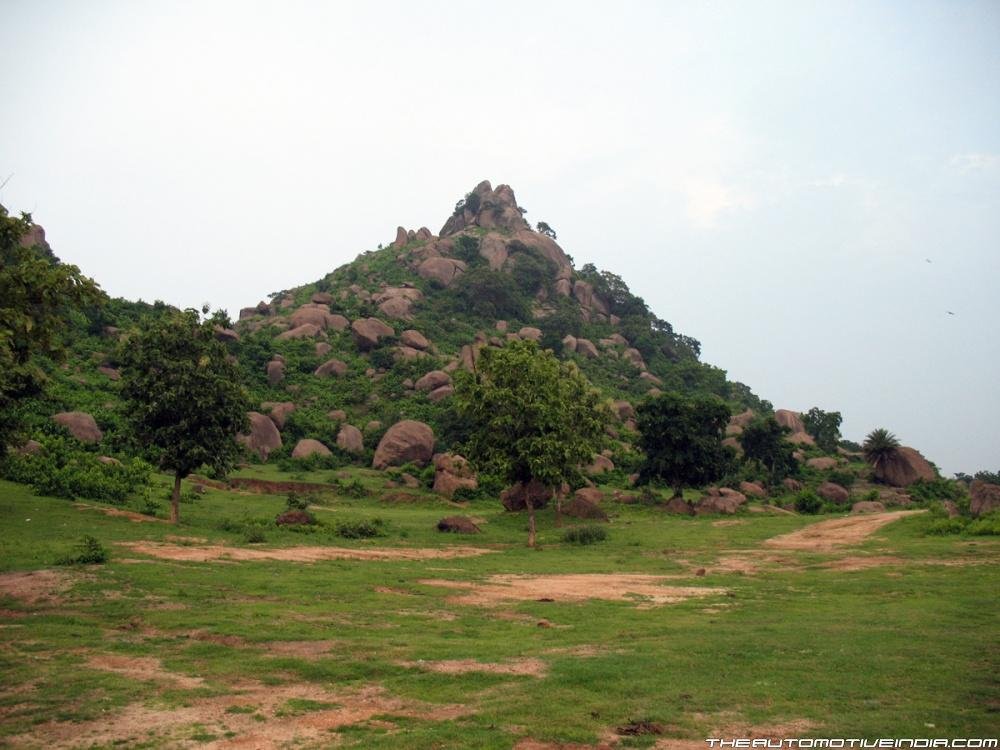5 Offbeat Places To Visit Just When You Think You’ve Seen It All

What do you do when in the midst of the crowd and postcard places, a desire to explore the unknown, surfaces? India is a land of wonders, and you are in for a surprise every time you dare to veer slightly off the chalked-out route. Be it in the high and mighty Himalayas, the glittering coasts or the seemingly modest plains, a few hidden gems remain unnoticed, unexplored. To help you experience India in its truest form, therefore, here are some places situated close to popular tourist destinations, which are too remarkable to miss out on.
Take a look at these 5 Offbeat destinations in India
1. Doodhpatri, Jammu and Kashmir
(image credits)
42 kilometres away from Srinagar, Doodhpatri, or the ‘Valley of Milk’ as it is called, is a place that welcomes the weary, soul-searching city-dweller. A two to three-hour drive from the Srinagar will bring you here, where you may set up your own camp at an altitude of 2730 metres above the sea level. Doodhpatri comprises of the twin pastures of Parhacemaidan and Doodhpatri, with Shaliganga and Sokhnag flowing on either side of the grasslands. To the west of the valley, lies the famous Tosamaidan. There are hardly to no permanent settlements in this alpine valley and all that you have to sooth your senses are an endless expanse of pine, fir and deodar, sprinkled with daisies and forget-me-nots. One of the stories behind the valley’s etymological history relates to the famous saint of Kashmir, Sheikh ul Aalam. A must-see location, Doodhpatri promises a miraculous scenery and the ultimate experience of serene solitude.
2. Mana, Uttarakhand
The traveller often wonders what it would be like to truly reach the end of the road. But while the road does sing on forever, the little village of Mana in Chamoli district, 5 kilometres from Badrinath, is the farthest one can go within Indian boundaries.
Designated as a Tourism Village by the Uttarakhand Government, Mana is located on the northern terminus of National Highway 58, at an altitude of 10,248 feet above the sea level. Mana’s claim to fame is the smattering of Mahabharat throughout the village, and for being a pocket of tranquillity just before India ends and Tibet begins. Not only are the Pandavas believed to have passed through the village but a humongous rock, known as Bheem Pul, is said to have been built by the strongest Pandava in order to cross the Saraswati river that merges with the Alaknanda near Mana. The Mongol connection is strong with this one as the last generation of the Bhotias are its permanent residents, living a migratory life in stone cottages with sloping slate-tiled roofs. Trust a tiny dot on the map to be cosmopolitan! The women are skilled craftspersons: excelling in woven shawls, carpets and woollens.
Trekking routes from Mana allow travellers to experience some of the most breathtaking sights of the Himalayas. One can trek to the Mana Pass where the source of Saraswati river, Deotal Lake, is located. The trek requires a special permit to be obtained from the administration. Shorter but just as scenic treks to Vasudhara and Satopanth are also preferred by travellers. On climbing the mountains, refresh yourself with a steaming cuppa from one of the ‘last’ tea-shops in the country!
3. Thalon Caves, Manipur
Drive for 80 kilometres from Imphal, then trek 4 kilometres uphill from Thalon village, only to descend into prehistoric caverns devoid of the slightest glimmer of light. However, this descent will leave you awestruck. The Thalon Caves in Tamenglong district are the first evidence of the 2000-year old Hoabinhian culture of South-East Asia. Discovered by Raja Budhachandra of Manipur in 1946, the caves are an integral part of the Manipur Tourism Festival today. Despite numerous expeditions held to the caves, they continue to attract travellers who seek thrill in daunting places. It is advised to take a guide along while entering the interconnected caves. A bonus trip from the Thalon caves would be to the floating islands of Loktak, situated 40 kilometres from here.
4. Purulia, West Bengal
If you don’t want to idle by the sea or find yourself high up in the misty mountains, take a break from the bustle in Purulia, the westernmost district of West Bengal, 6 hours away from Kolkata at a distance of 293 kilometres. Make a trip to the Baranti reservoir or Murardi Lake to be enraptured by a golden sunset on waters cradled by lush green hills. The diverse topography of the district satisfies all desires of the wanderer. 42 kilometres from Purulia, Ayodhya Hills is a wooded mountain with a table-top. Streams zigzag their way through the slopes, to meet the rivers Subarnarekha and Kangsabati. On the banks of Kangsabati lies Doldanga, with stunning landscapes and a beautiful island in its midst, and walks on the red soil have an unmatched allure of their own. Purulia’s charm lies in its simplicity. It is the perfect getaway for the traveller who needs repose, to rejuvenate his soul before hitting the road again.
5. Varkala, Kerala
Red laterite cliffs fringing the Arabian Sea, a relaxed backpacker vibe, sumptuous meals while swaying to world music: this is Varkala for you, a temple town approximately 50 kilometres north-west of Trivandrum. The quiet hamlet, a favourite with hippies from around the globe offers to visitors the beautiful and holy Papanasam beach, a 2000-year old Vishnu temple and the Sivagiri Mutt ashram. Indulge in a morning stroll along the waves, catch the sunrise, and follow it up with an Ayurvedic massage or Yoga session. Adventure enthusiasts can rent surf gear, parasail or go snorkelling on Papanasam beach. Varkala promises to be the perfect place to revitalise one’s senses and simply soak up the sun and sangfroid.
What are you sitting in front of the screen for, then? It is time to hit the road, my friend. 😉





